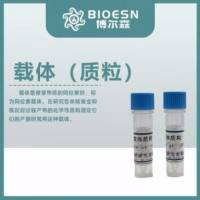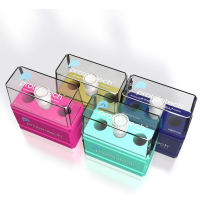Transgenic Approaches to Prion Species-Barrier Effects
互联网
653
Like conventrinal viruses, prion isolates exhibit distinctive, and often restricted host-ranges. However, the molecular events that shape the hostranges of these two classes of pathogen are dissimilar, reflecting their fundamentally different life cycles. As discussed by Ridley and Baker (Chapter 1), many lines of experimentation indicate that PrPSc , an aberrant form of a hostencoded neuronal sialoglycoprotein PrPc , is the major constituent of the scrapie prion. Resistance to protease digestion in vitro is a convenient hallmark of prpSc , prpc or a closely related protease-sensitive macromolecule is converted to PrPSc in a posttranslational event: This event may correspond to a conformational change templated by PrPSc molecules (1 , 2 ). Whereas the host-range and cellular tropism of mammalian viruses frequently reflects their binding to cell-surface proteins to gain entry into cells via endocytosis, PrPSc -receptors have yet to be identified: Although PrPc plays a critical role in determining prion host-range (see the following ) and is displayed on the cell surface via a glycolipid anchor (3 ), three observations suggest that it cannot be considered a “receptor” in the conventional sense, e.g., in the sense that CD4 is the receptor for HIV. First, the cell surface molecules co-opted by mammalian viruses cycle within the endocytic pathway and are destined for degradation: During prion repllication PrPc is converted to PrPSc and changes a variety of biophysical properties (4 ).









